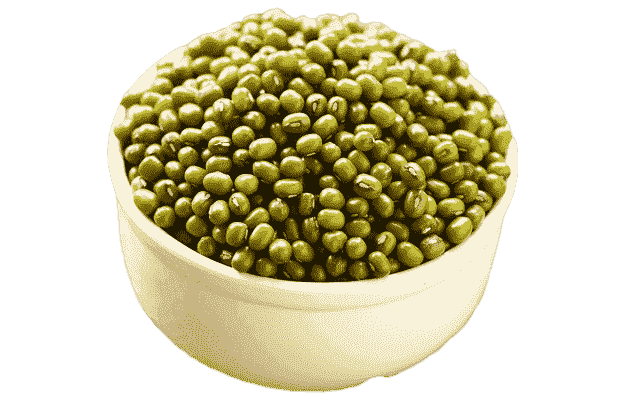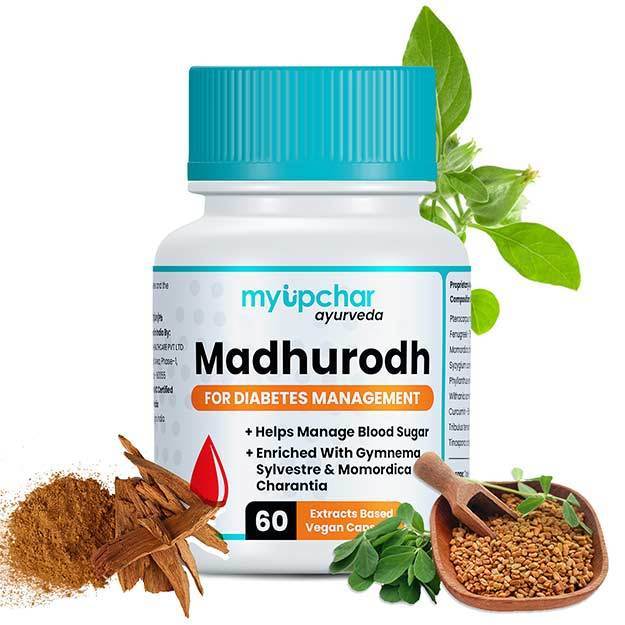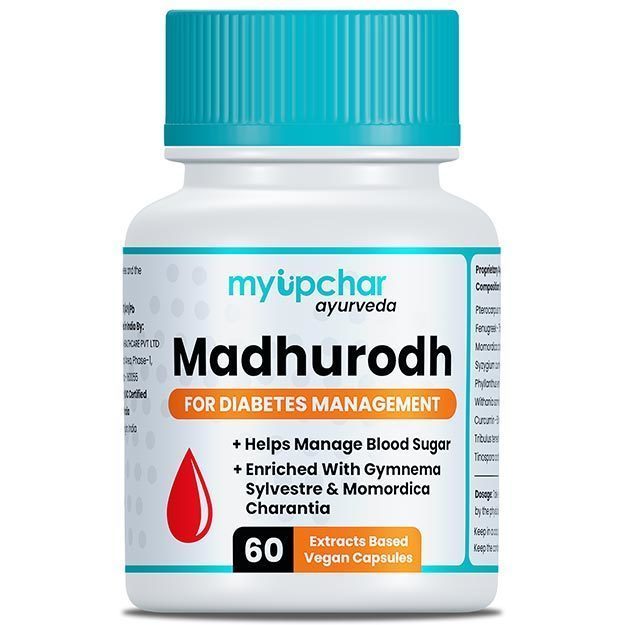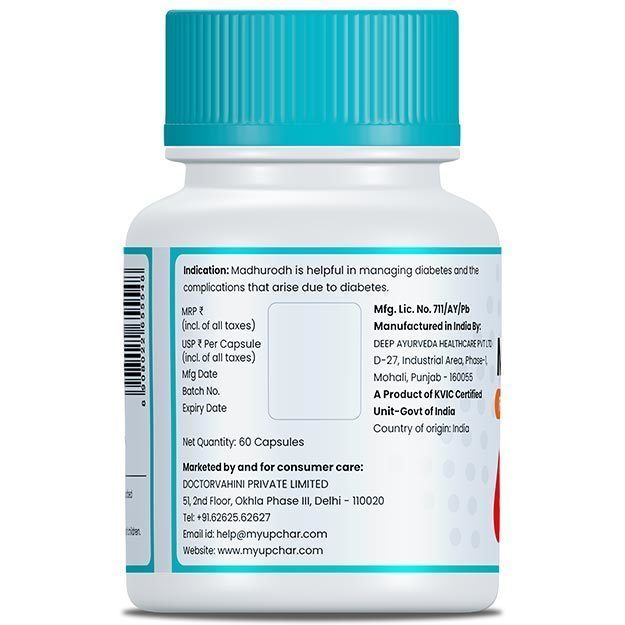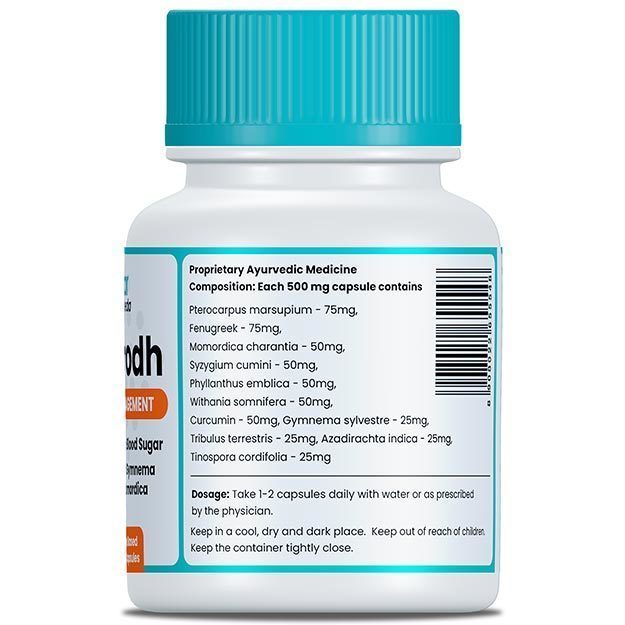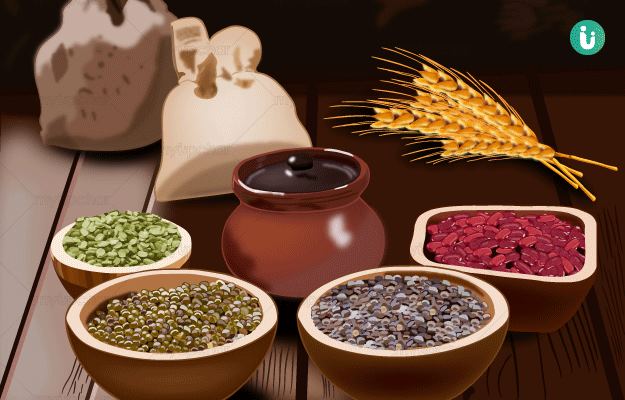Green gram or mung beans have been grown since the ancient times in India with its use and cultivation dating back to the 1800s. Mung beans form a major part of the Indian cuisine and are consumed in most parts of Southeast Asia.
Think hot bowl of moong dal with rice and rotis or the prominent moong dal cheela or the delectable dosa. Savouring, right? Equally plausible are the numerous health benefits that you can derive from this pulse. Credit it to the rich protein and antioxidant content of the pulse. Don’t believe it? Well, mung bean is termed as the ‘queen of legumes’ in Ayurveda. Now, that must be because of a reason.
Vedics say that it is light and easy to digest while at the same time having calming and cooling effects on the body. But, are these benefits limited to Ayurvedic texts or is there some scientific research to support that? You will be delighted to know that several researchers have well studied the effects of this amazing lentil and the results have not been disappointing.
The benefits of this grain have been succinctly proven but you will have to read on to find that.
Some basic facts about the green gram
- Scientific name: Vigna radiata
- Family: Fabaceae
- Common name: Green gram, mung ki dal, moong dal, hari dal, moong beans
- Sanskrit name: Mudga
- Native region and geographical distribution: Mung bean is mainly cultivated in India and parts of Southeast Asia like China, Bangladesh, Nepal, Sri Lanka, Taiwan and Pakistan. Other than this, it is also utilised in the US but 75% of the utilised crop is imported.
Mung bean is an annual crop grown in the warm seasons, which is cultivated in rotation with cereals. It is 60 to 75 cms tall and looks like a garden bean bearing pale yellow flowers towards the top of the plant. It requires sufficient rainfall and a fertile soil for optimal growth. - Parts used: Green grams can be used as whole moong beans or split moong beans, which are available in two types with skin attached called as the chhilka or without it. You can use any as per your liking. Whole moong beans are the most nutritious but harder to cook and would require a long soaking time.
- Energetics: cooling

